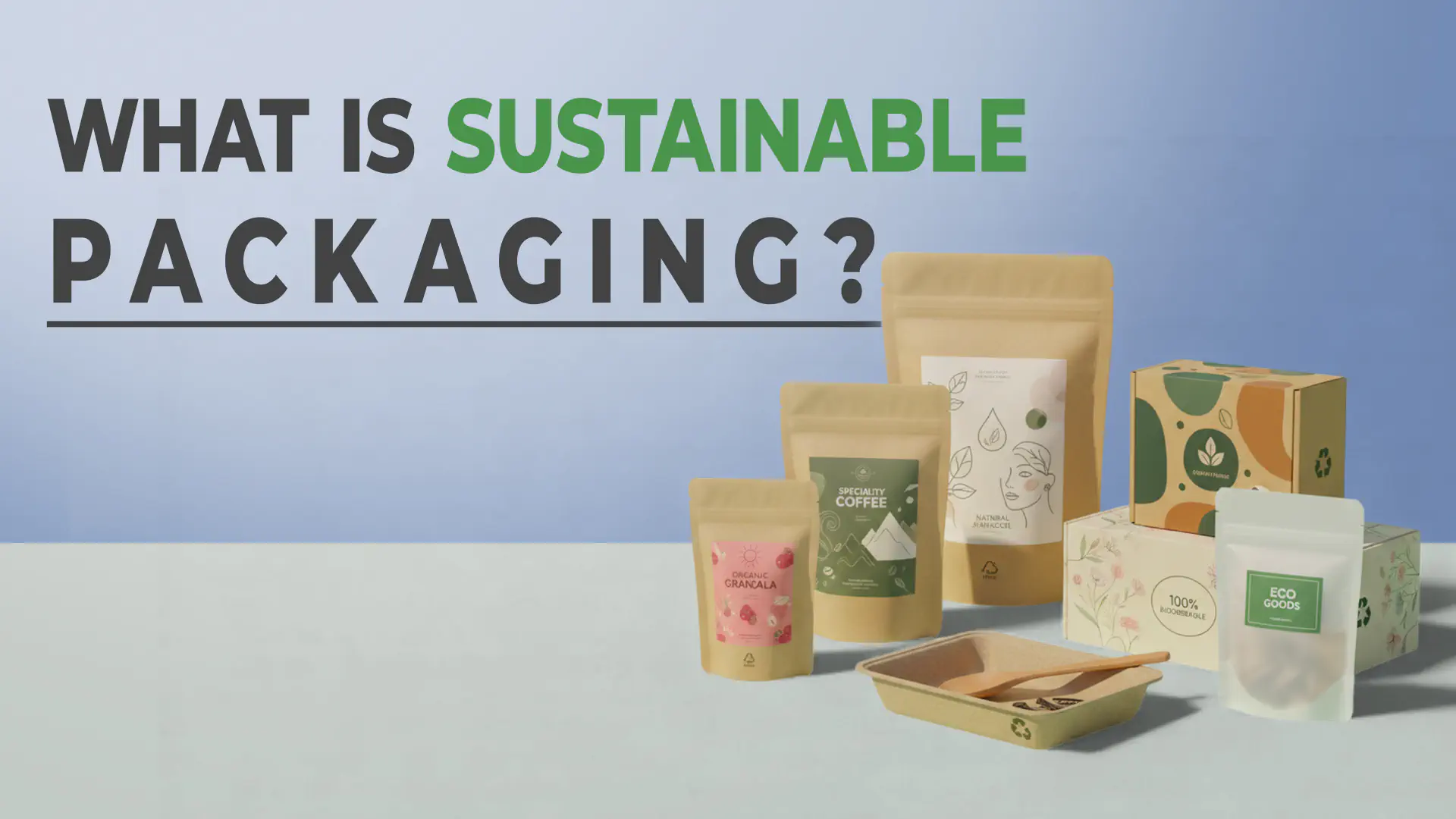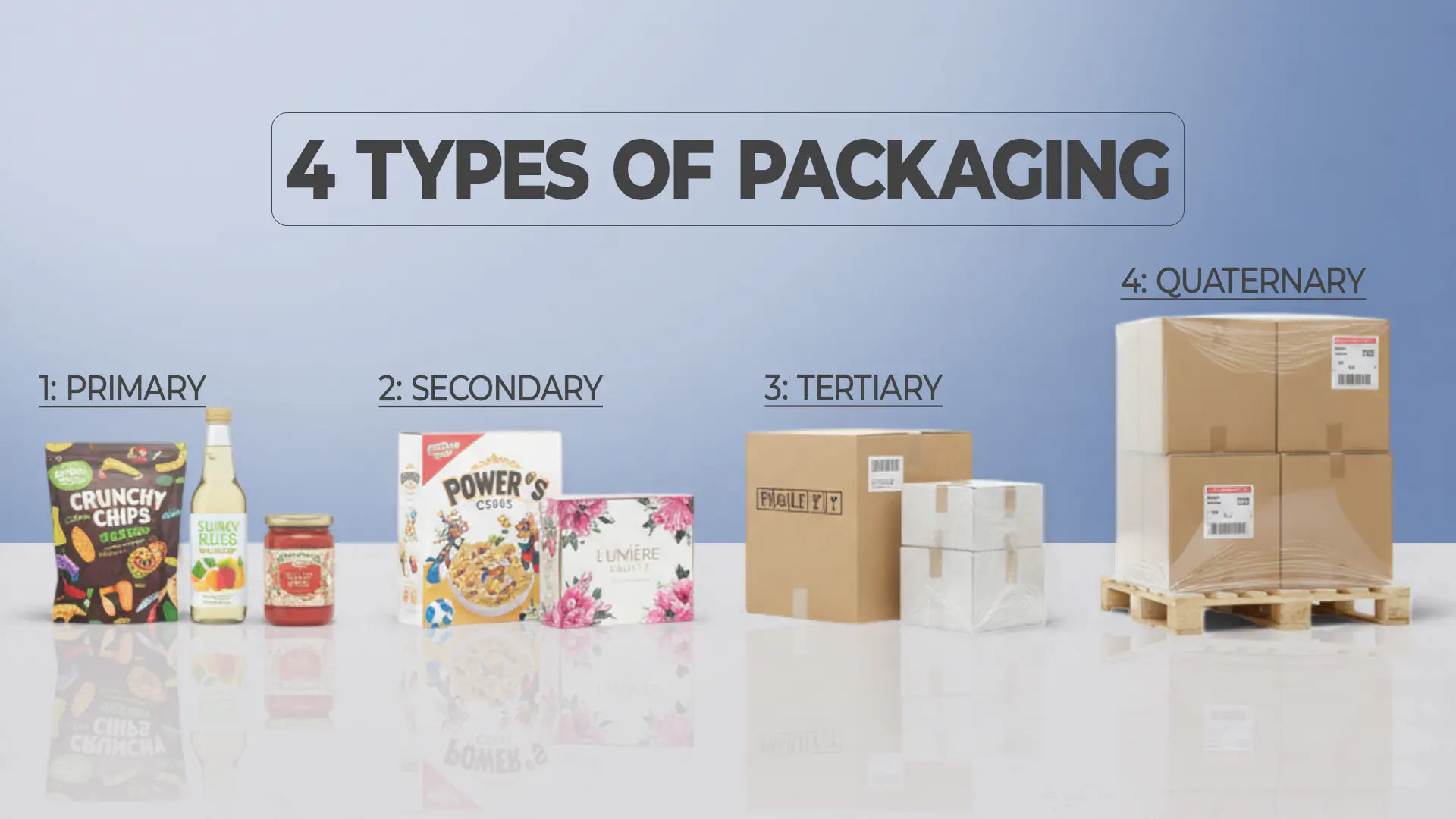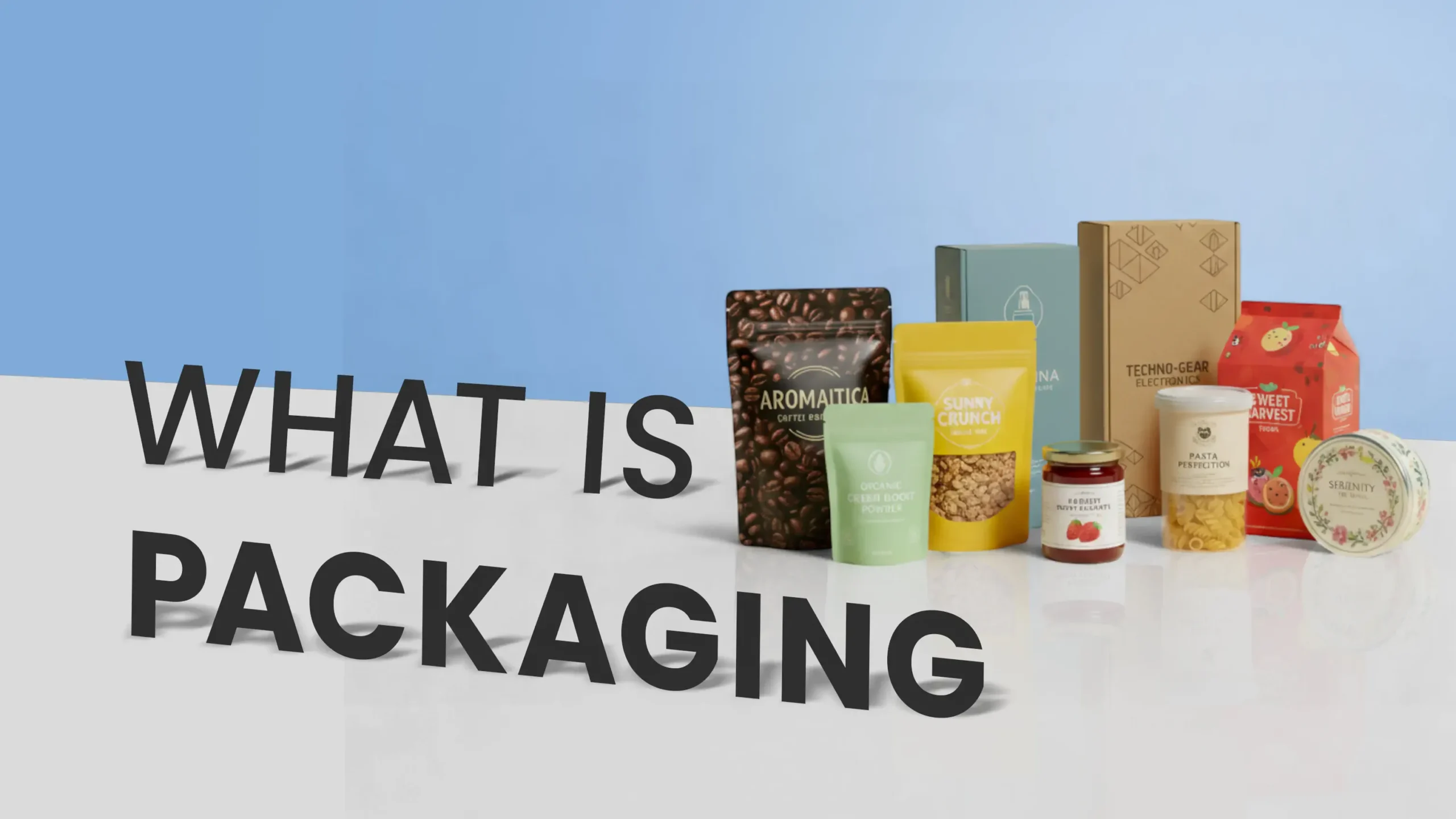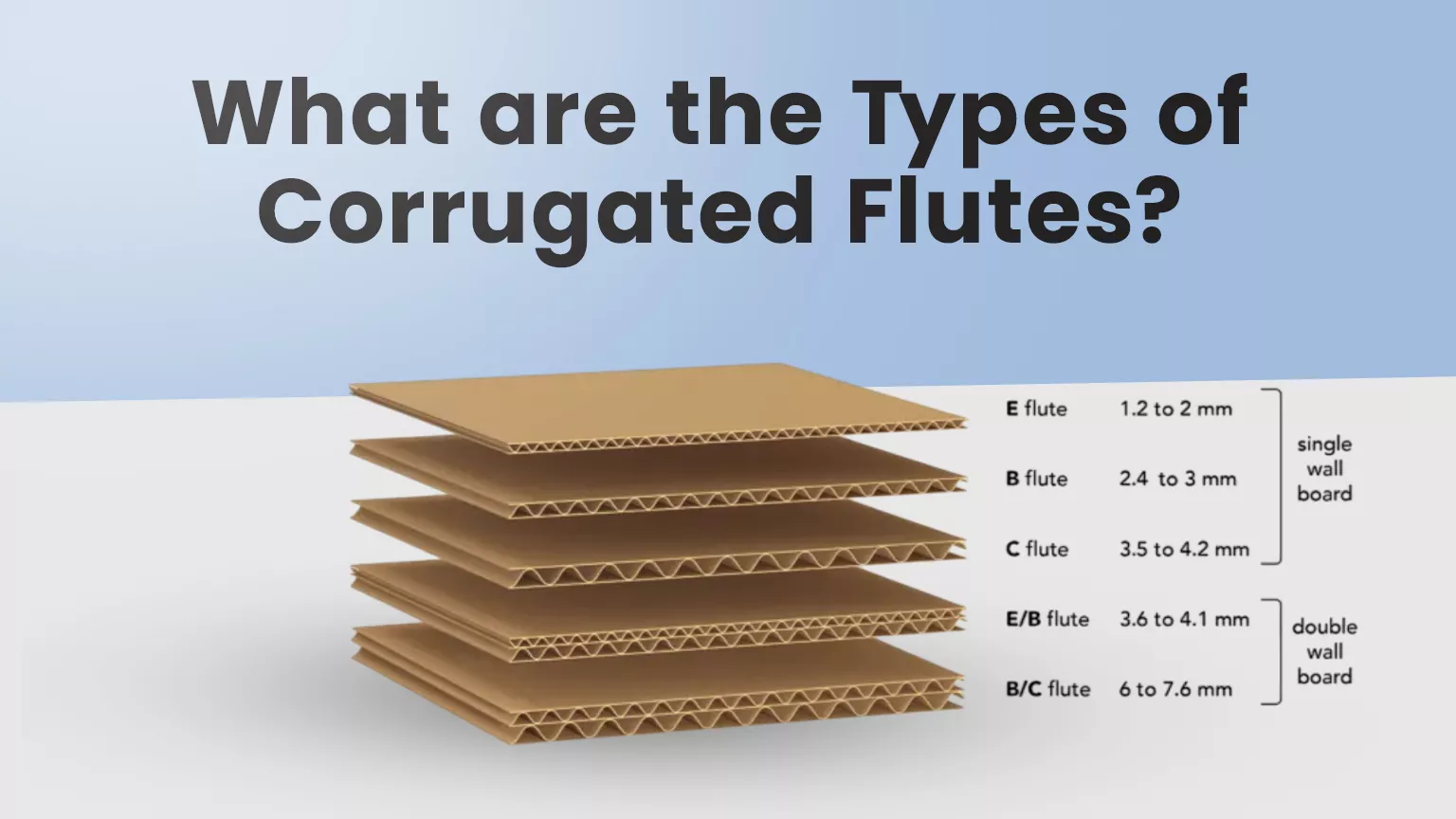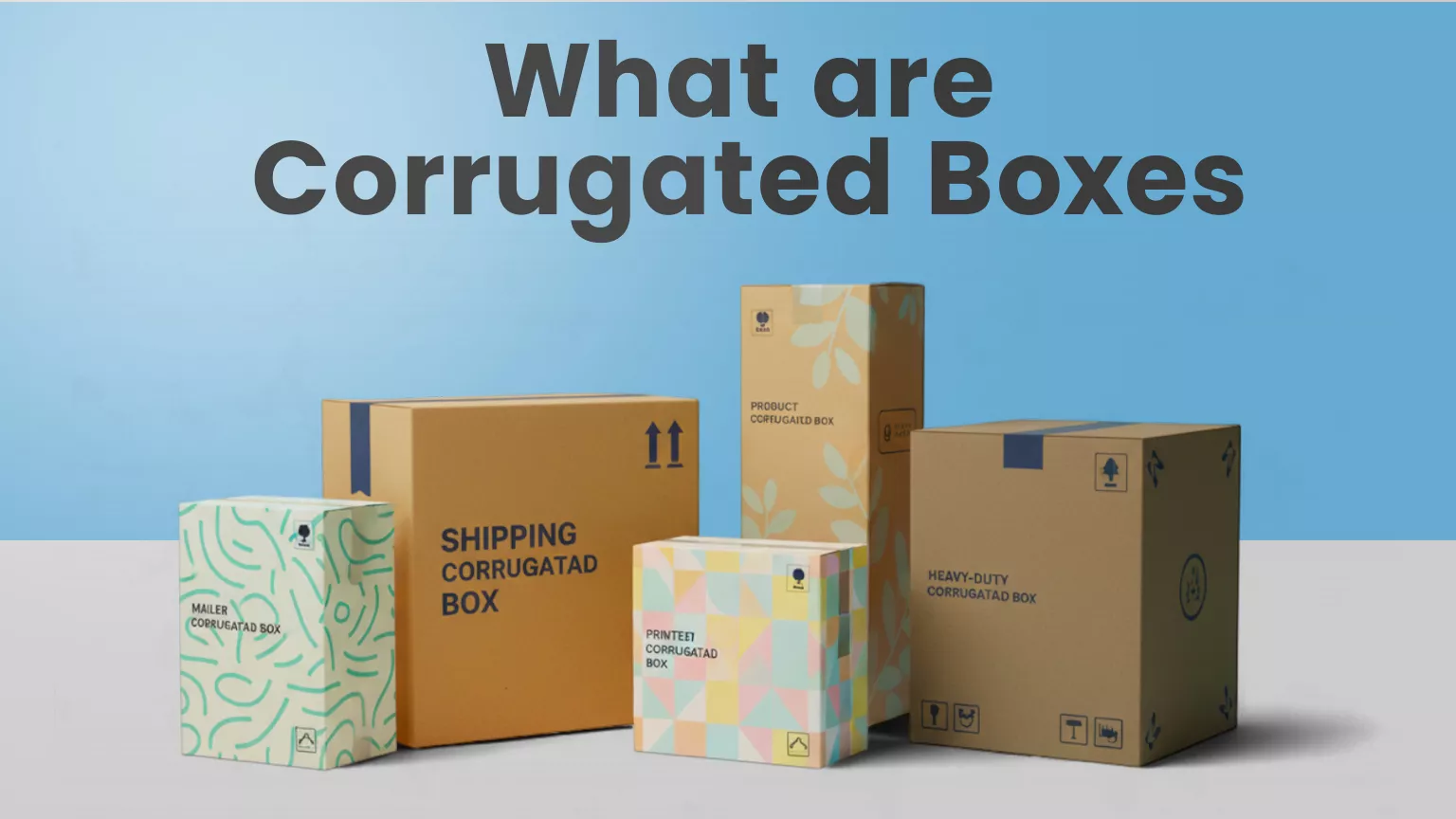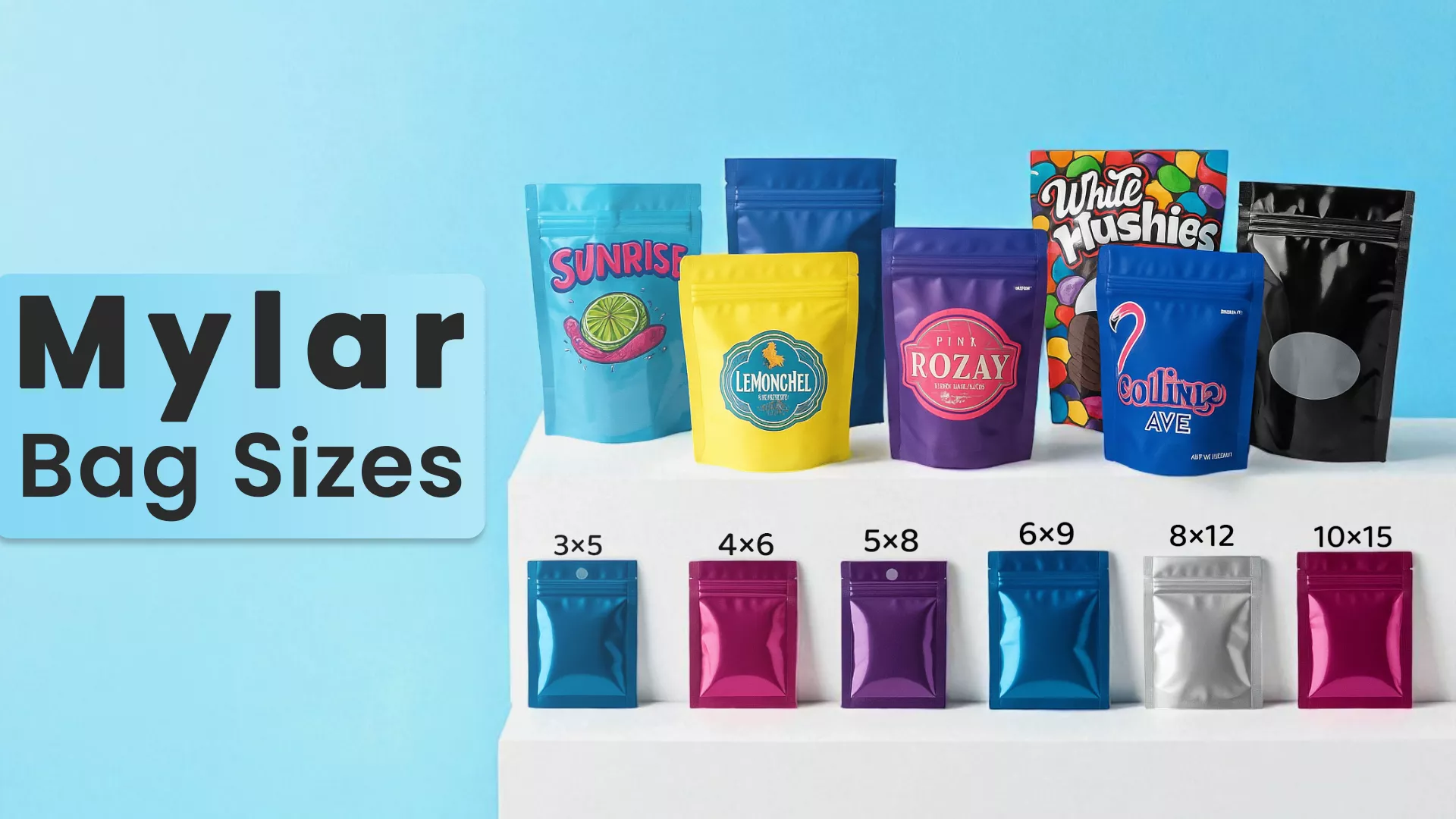Design! What comes to mind when you hear this word? A beautiful pattern, a colorful border, squirt of glitters, fluttering styles, and much more. Design is what you think seems attractive, what catches your eye, what makes you grab it, what convinces you to like it, and what appeals to the senses. There are almost 8,045,311,447 people in the world, which means, there are 8,045,311,447 different minds. Each mind has a different imagination. Multiply this figure with 4, and boom! Unlimited packaging design is at your service.
The journey from nomadic days to aesthetic packaging design is no more than an interesting story! Lay back, grab a cushion, and start reading an incredible journey of how your favorite products got transformed by eye-catching designs.
“Marketing is now the houseful movie and packaging of your product is playing the lead role in it, for sure!”
Fasten your Seatbelt: Tik Tik Time Machine is About to Take you Back in Historical Streets!!!
Imagine yourself in that old nomadic era with an animal’s skin made bag in your hand, (You don’t know the meaning of packaging yet, because you are an ancient human covered in leaves himself. Quite quirky, yeah?)
Packaging started with ancient people who only knew how to fulfill their needs. These needs gave birth to new ideas, ideas got transformed and the journey went on a roller coaster, of course.
Okay, you are free from those leaves now, put some clothes on!! We are about to take a walk and explore the ancient streets. You will see how packaging started and how it got transformed.
Packaging in the Streets of Ancient Egypt: Ahh yes that Pyramids Place!
You are standing in ancient Egypt, where glass is very expensive (remember, you’re in the time where glass wasn’t the perfect transparent ones). The precious stones in this era are only found either in the royal palaces or royal clothes. Where is the packaging concept here? Scratching your head? This glass we talked about is the packaging material here.
People were intelligent enough to fulfill their needs of preserving food and water. So, they molded this glass into a container by heating it and giving it different shapes. Isn’t it amazing?
Mulberry Bark: The Ancient Chinese Wonder for Packaging
You are now standing in ancient China, yes yes, with that cone shaped brown hat on your head and red old gown! (Woof, no selfies allowed because there are no cell phones yet, remember you’re in the ancient era!). Chinese are the sons of creativity back here in history too! Look there, mulberry barks, they are wrapping food with it.
That old man in the corner of the street, that smooth milky skinned paper in his hands, seems like developing paper right? (Yes, China is well known in history for its ravishing innovations of flexible packaging options inspired by developing paper.)
The concept of packaging begins with the packages made for tea parcels and medicines in this era.
The Middle Age: Barrels & the Packaging Concept
Are you slim enough to fit in that barrel? Oh stop, no don’t jump in it, see because they are sort of packaging for items like dried food, fresh water, and rum.
Barrels are wooden containers, fat from the center, metal hoops around. This era also has wood boxes to package items. These boxes and barrels are used in transportation of items via oceans.

The Industrial Revolution (1760-1840): Quality of Packaging Improves
Looking at those fumes getting out of mini factory pipes and spreading on the sky? Yes, you are standing in the industrial revolution era now. Look around, the streets look better, people are wearing good clothes and so are you. This era gives birth to many consumer products and these products require good quality packaging.
The packaging material in this era is expensive. Because these newly invented materials are preserved for only luxury goods. This era owns some good packaging advancements, let’s explore these:
Napoleon’s Prize Announcement 1795
Why are these people gathered around? Let’s get closer to the crowd. Oh yes, there’s an announcement. “Hear hear o people, Napoleon has announced a food preservation prize of 12000 francs for anyone who invents a brilliant method of preserving food for long.” (I can see that greedy smile on your face, nah, you can’t win this prize! Remember you’re just an imaginary figure standing here, no one can see you, you can’t touch anything.)
You must be thinking, why would Napoleon announce this prize? His army was in the middle of an ongoing war. He wanted to feed them well with preserved food.
There, look at that fair young man, sleek nose, sharp eyebrows, and startled lips. He is Nicolas Appert, the winner of this prize. He is known as the founder of canning. Why? Because he invented the method of preserving food for a long time. How? He boiled food and sealed it in airtight jars made of glass.
Sounds familiar? Oh yes, your mother does the same at home even today. Now you know where it came from!
Packaging form: Tin containers 1810
You are now present in a grocery store, year 1810, see those little jars made of tin? Now food is preserved in these. Some tins have cookies while some have tobacco. (No, you can’t open them, remember, you’re a guest at this shop). These tin cans are the most popular packaging containers of the 1800’s.
Who’s that man standing at the end of the shelf smiling at you? Oh, he has this tin-coated iron can in his hand. He is Peter Durand, inventor of these cans. (I know what you’re thinking. How can he see you, you’re just an imaginary character here. He can see you because he’s a ghost himself. No need to get scared, he gave you tin cans.)
Explore the First Ever Cardboard Box Made: 1817
You’re now standing in the year 1817. See that two little girls in white and pink dress, brown hair, high ponies, talking about cardboard, let’s get closer. “Hey did you know? The Chinese invented cardboard for the first time.”, said the girl in white. “But Sir Malcolm Thornhill made good use of it, I saw a cardboard box in his cabin yesterday. I think I can make it my doll house.”, said the girl in pink.
Hearing kids can be pretty useful sometimes. Let’s move forward.
We are Now Stepping into Late 1800s to 1900s
You are now standing in 1844, can you see that man making some envelope sort of things with a machine. No, that’s not an envelope. It’s a paper bag. (Paper bags back then didn’t look like bags actually, they seemed like envelopes). Oh, see that man walking towards you? No, don’t run away, he’s actually coming to give you a paper bag. He is Francis Wolle, the man behind this machine and paper bags.
(You can’t show this bag to people when you go back home, remember, we are in a tik tik time machine. But you can definitely resemble it with one available in your current world. Now you know the journey behind it)
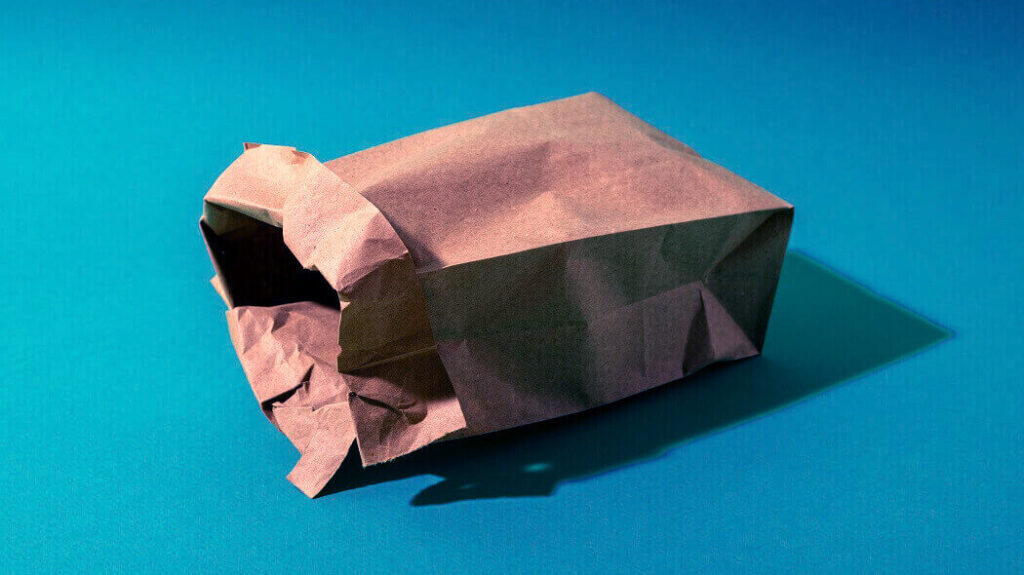
Exploring the First Carton and First Cereal Box
Standing in 1879 feels like time really moves fast. See that paper bag company, let’s dig in. It seems ancient yet beautiful. Papers papers all over your feet. Machines are working, it sounds like you are in some newspaper factory.
Oh that’s the owner of the company, messed up man, Robert Gair. The machines are working fine doing their regular job, making paper bags. That one machine you see is dwindling! Oh no, it malfunctioned.
Tell Robert about it, oh he can’t hear you. Wait, he’ll see himself, let’s drop something to grab his attention. (That tin in your hand, drop it). He saw it, the machine was malfunctioning but wait, why isn’t he stopping it? The cutting and creasing is making something new. This malfunction gave birth to an accidental invention, “Prefabricated Cartons.”
Let’s move forward, it is 1906 now. Do you eat corn flakes? Yes you do. Kellog Brothers invented corn flake cereal. At first, these cereals were packed in cardboards. Then it required plastic fillers inside to protect the cereals.
Moving to Explore the Invention of Cellophane
You are now standing in the era where cellophane is born. Are you thirsty? Yes you are, a long way you’ve come. Grab a drink from that corner shop. Drink with ease otherwise it can make your clothes wetie sweaty.
Meet Jacques E. Brandenberger decided to make some sort of cloth which can’t absorb any liquid. He used wood cellulose. Cellophane turned out to be the foundation stone for plastic packaging in the 1960s and 1970s.
Stepping into Modern Packaging
The journey is about to take a turn, now we are in the 1900s where bubble wraps are popular. Frederick Bowers is the mind behind bubble wraps. He is going to present his idea of protecting computers in bubble wraps, the idea is presented to IBM.
(You are standing in the IBM conference hall. Reminder: This is an old one, that’s why the light bulbs are dim gold. Environment is highly sophisticated. Everyone is waiting for the meeting to start. Frederick is going to present his pitch. Let’s sit and watch,
“Hello people! I am here to present an immensely useful material to wrap your fragile products. Your computers are precious, that is why they need a protective wrap. Soft, reliable, and secure: I have these bubble wraps.” said Frederick.
Clapping all over, (you can also clap). The pitch went successful, and IBM purchased bubble wraps for their fragile items.
From Pop to Pet: Packaging got Transformed
Oh, what’s going on in here, grassland, baskets of biscuits, colorful drinks, hats, blue square printed sitting mat, and light music. There’s a picnic going on! Who’s picnic party is this? That man in a red shirt, white cap, fair skin, and tall. He is Ermal Fraze, he seems like he’s looking for something. He has that can in his hand, looking for a can opener. Oops, he forgot his can opener.
Every need gives birth to an invention. Same is going to happen with Fraze. He is thinking of inventing a can that doesn’t depend on a separate opener. Patience and practice gives you everything you dream for! After years of hard work, Fraze invented such cans. And guess what? 75% of brewers are using these cans.
You use this pop tab today? That too, is the invention of Fraze. Thank him for this incredible contribution! A warm handshake.
The era of Polyethylene Terephthalate (PET) bottles never came to an end. They are still in use today! The manufacturers are using these bottles because plastic is cheaper than glass in this era (1970s). Even today, the reason stands the same.
Back in the 21th Century: Packaging is Transformed Now!
You are out of the ancient world now. As you have read the journey of how packaging evolved with time, now you have plenty to absorb. The current era is about innovations, competitions, creativity, newness, target audiences, marketing, sales, performance, aesthetics, styles, and much more.
Packaging design is now a combination of multiple factors, it is more than just covering a product now. Let’s explore how far we have come and what next we will experience!
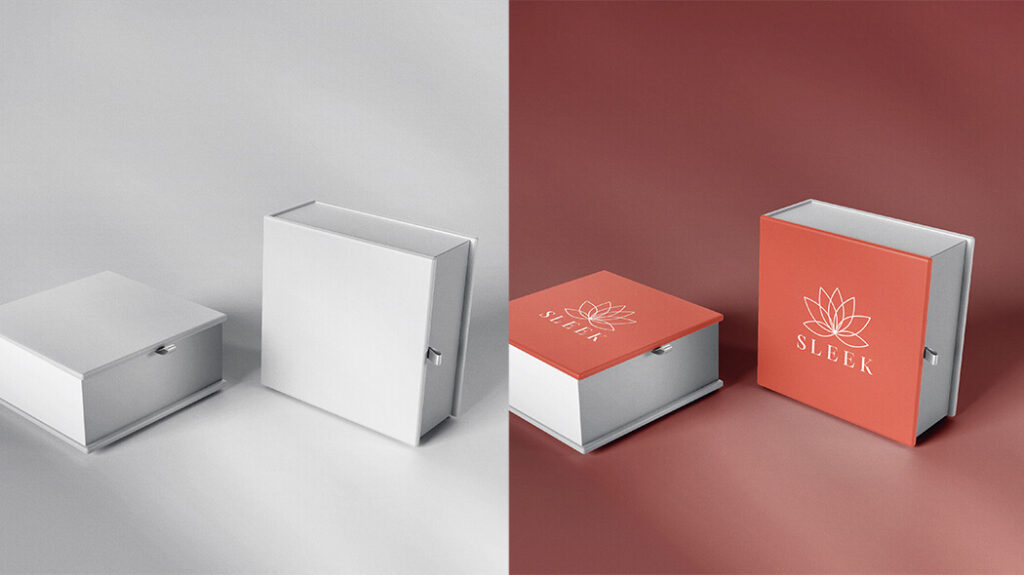
Getting the Basics: What is Product Packaging?
“Product packaging is the outer protection material or cover that completely secures your product and conceals it. Your product remains inside, safe and secure, from outer touches or externals. It can be made of anything, plastic wraps, cardboard boxes, kraft papers, and more. Mostly product packaging includes the labels on it, outer layers, packaging boxes, and wrappers.”
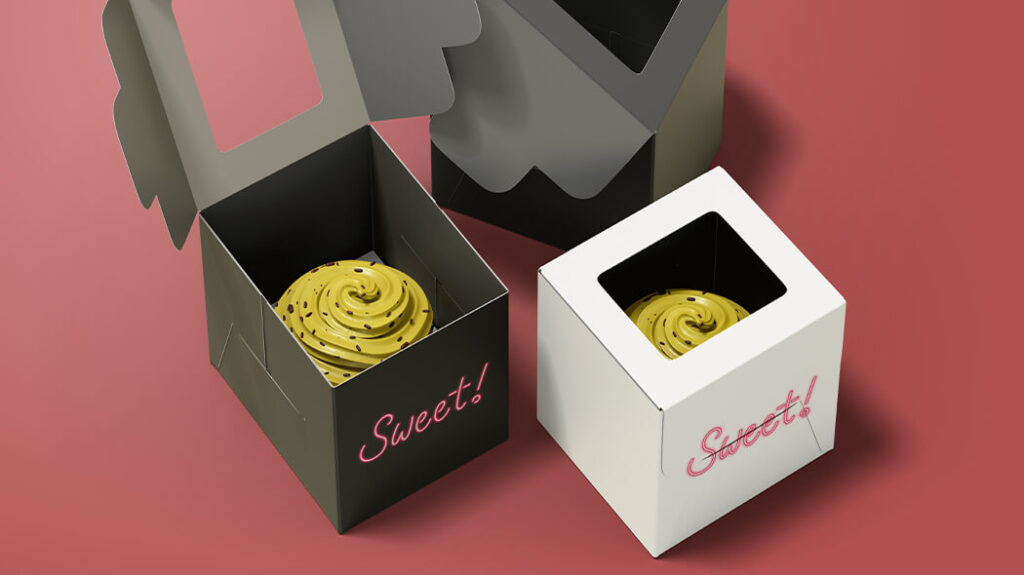
Ready to Embark? Diving into Packaging Design World
We are now entering a packaging design factory! Full of colors, styles, designs, fonts, and ideas. Let’s enter the product hall. You must know the product first before designing its packaging. It is very important to know the worth and demand of your product in the marketplace and in the eyes of customers.
Welcome to the Product Hall!
The product hall is a big round place filled up with all kinds of products you might offer. Find yours! See every product has a different nature, unique selling point, various functionality, and specific target audience. You just have to answer these simple questions to know what your product actually is!
Questions on your table:
“What are you planning to sell?”
“Who is going to buy this?”
“What materials are used in it?”
“Why is your product worth buying?”
If your product is a liquid, its packaging will be different. You can’t put strawberry shake in a cardboard box right?
If your product is solid, something that needs a box, I mean you can’t put a USB in a glass bottle right?
If your product is fragile and needs more protection, you definitely need a sturdy yet suitable packaging box. I mean you can’t put your delicate jewelry in plastic bags, all juggled up. No!
If your product is a bit large sized, you will be needing custom packaging box for it.
Moving towards the Hall of Audiences!
Know your target audience here! (Don’t tell me you are an introvert. Even if you are, you will love knowing how many types of customers are there buying your product.) Packaging design heavily depends on what type of audience you are targeting.
If you are a football lover, a football box with Ronaldo on it will definitely attract you. If you are a food lover, a tempting and mouth watering image of a chicken cheese burger on the package will definitely make you buy it.
(Actually try it, I have! I loved the package of a pizza, it said “Because Mom’s not cooking tonight!!!” and it had this cravings arousal picture of Pizza with melted cheese droplets, yumm. I also clicked a picture and posted it on my instagram. One bonus benefit to that pizza shop!)
Segregate your target audience on the basis of their present demands and future demands. Know what they need, what they like, what they dislike, and what captivates them. This is how you will be able to decide the package design.
You cannot print sugarcane on lipstick. Imagine a famous lipstick brand, say L’oreal Paris, what do they have on their lipstick box? This box which is called “Red addiction set of 3” has a tempting red lips image on it. This will grab the attention of ladies, the moment they’ll see the box, they’ll imagine their lips in those red shades.

Packaging Design Specifications
Let’s take you to the core of the topic now! You can sit here, on a blue comfy sofa, and I am going to present the specifications one by one! (Sorry no popcorns available)
From size to style, everything matters in packaging designs. There is a world of customizations available. There is an ocean of possibilities of how a product can look like.
What Does your Brand Require?
See that product, a heart shaped chocolate box, it’s just a customized one ordered for valentines only by the gift shop owners! Such a product stands alone is often called one-time designing. Whereas look at that shoe box with a right tick icon on it, that’s Nike. (Yes you know about Nike, everyone does, it’s a brand.) Now these sorts of products are called brands.
Packaging design choices will be different for individual products and it will be entirely different for brand packaging. Why? Because a brand communicates to stay in the market and become memorable for its target audiences.
This doesn’t mean that the individual product is left alone! No. It also requires an aesthetic look in order to attract the customer. It is important to pay attention when it is about enhancing packaging artwork to make the product count.
Whereas brands tend to make a signature impact. When I say Coca-Cola, you imagine red, because they have made it to your mind, they have succeeded to make a place in customer’s imaginations. They have chosen their theme and they’ve communicated it worldwide.
Now if you also need your product and brand to last in customer’s mind, you need to start with these:
Rainbow of Colors: You decide!
Choose the pallet, the type of colors, the variants, the gradients, and more. A good packaging company will offer it all. You can choose from a variety of vibrant hues. You have to choose the theme color of your product. Colors are not only the white space fillers, they actually communicate with you.
When you see green grass, you feel peace and serenity. When you see a light blue ocean, you feel warmed. When you see a red rose, you feel loved. When you see a dark sky full of stars, you feel magical. That’s how colors communicate!
(CMYK, Pantone, are the colors for printing, hex codes are also fine.)
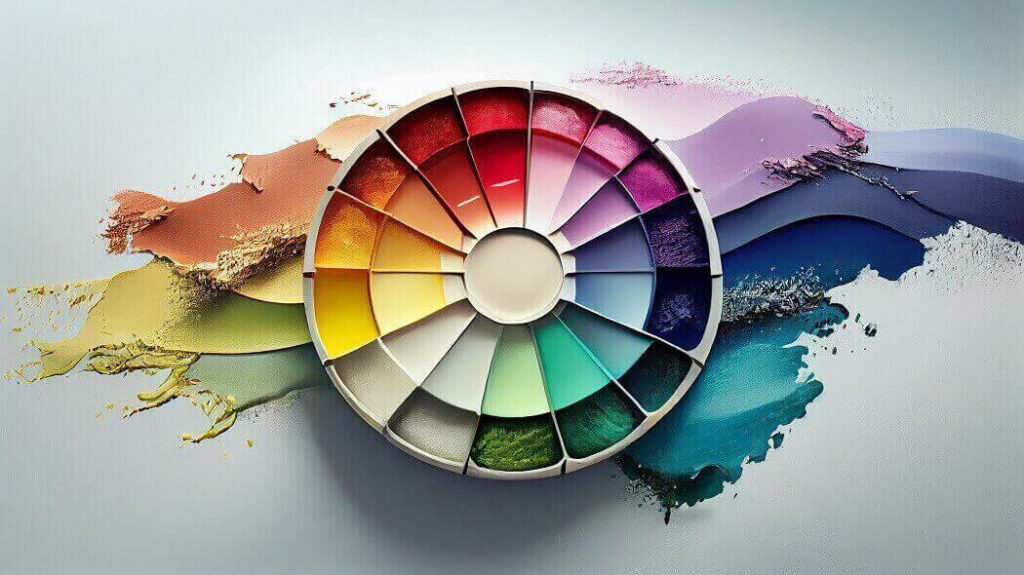
Fonts Telling the Right Story
Fonts are very very important! You need to choose the right font size, style, and color in order to portray your product’s message clearly. I mean, imagine a large lotion bottle with a tiny description of usage, you will definitely not bother your eyes to stress what it says!
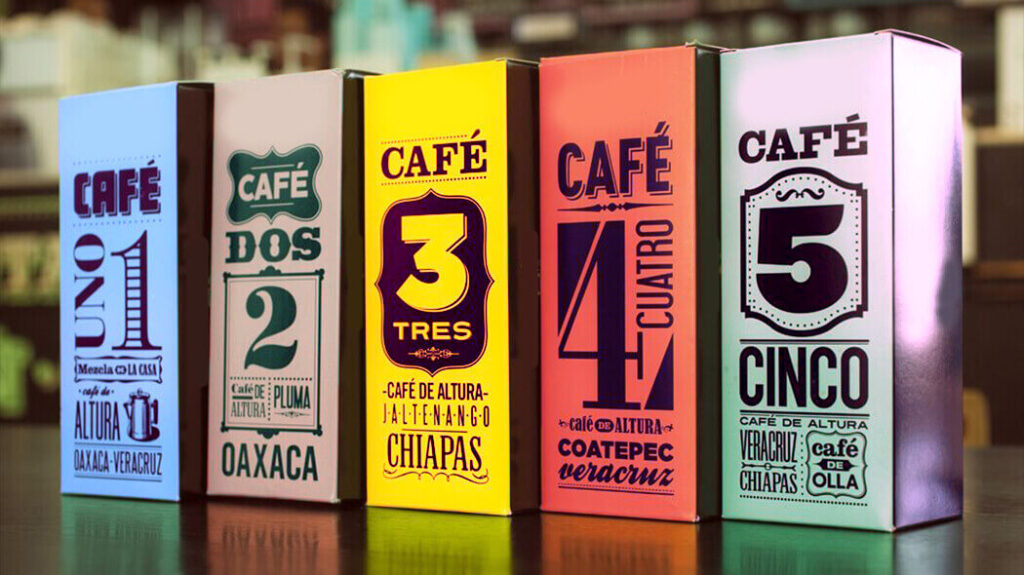
Brand’s Logo is a Must!
What’s your name? Isn’t it the first question you hear when you meet someone new or when you go for a job interview. (Imagine if you answer “I don’t have any name.” Say it with a straight face with no smile, people will give you fun reactions, being spooky is fun sometimes. Makes you learn things about behaviors around. LOL) Ok back to the Brand’s Logo thing!
Same goes for your brand logo. It is like the recognition of your product. See, if I give you ten pizzas of the same flavors and you’ll love the taste of only one of them, you’ll definitely ask, “Which brand is it?” or “Who made it?”. (If you are a food lover, you won’t be able to choose one pizza. I know right!)
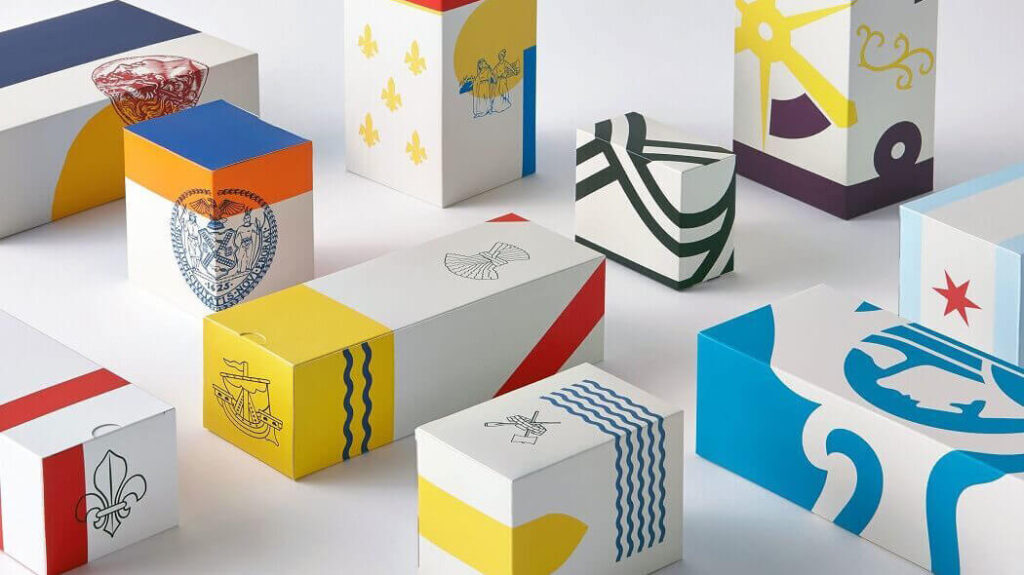
Content is the Key: Decide What to Write!
Have you ever seen a product without anything written on it? No, of course. Your product is like a board to write on. It teaches your customers what they need to know, why they need to buy it, and how it will meet their demand.
A toothpaste box which says, “White & Bright Teeth in 10 seconds.” You will definitely go buy it only because you want white teeth.
There is a chocolate box which says, “Say it with sweetness to your sweetheart.” You will definitely buy it thinking of your loved ones.
So, the concept is wide and clear, you have to decide what will go on your packaging box. This plays a pillar role in your product’s worth and sale. Customers will only get attracted when you’ll communicate with them, ask them, tell them, cherish them, embrace their needs, focus on their demand, and connect with their emotions.
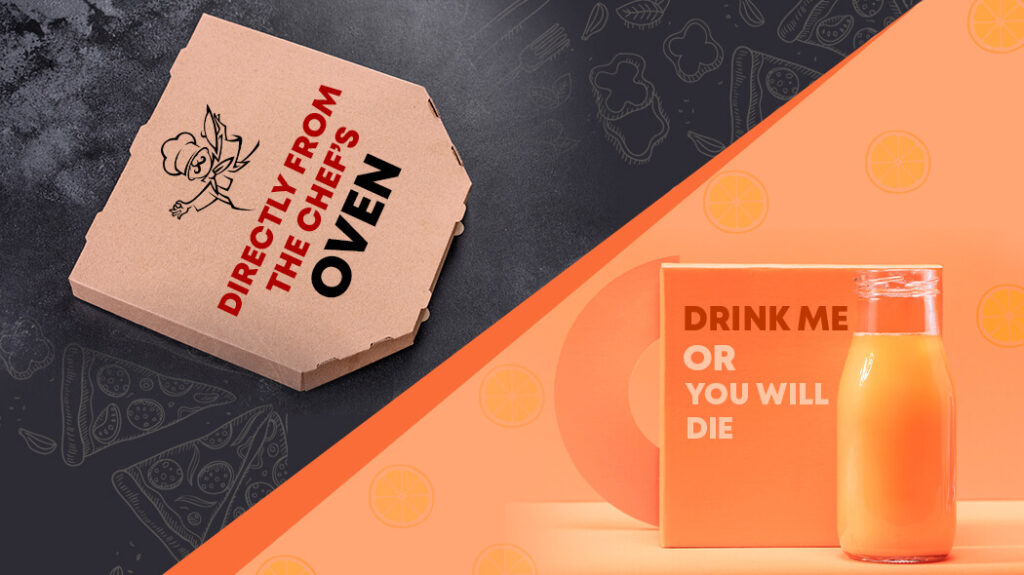
Types of content you need to know here with packaging design perspective are:
Written Copy
It can be anything, from the name of your product to the descriptions of usage.
Guides or Marks
It includes barcodes, nutrition weightage, legal approvals, and so on. This entirely depends on the product/industry you are selling.
Images
This includes adding suitable graphics. Speak with the images! Even a kid loves to see fishes on their fish jelly packet! You can play with imagery in order to connect with your target audience.
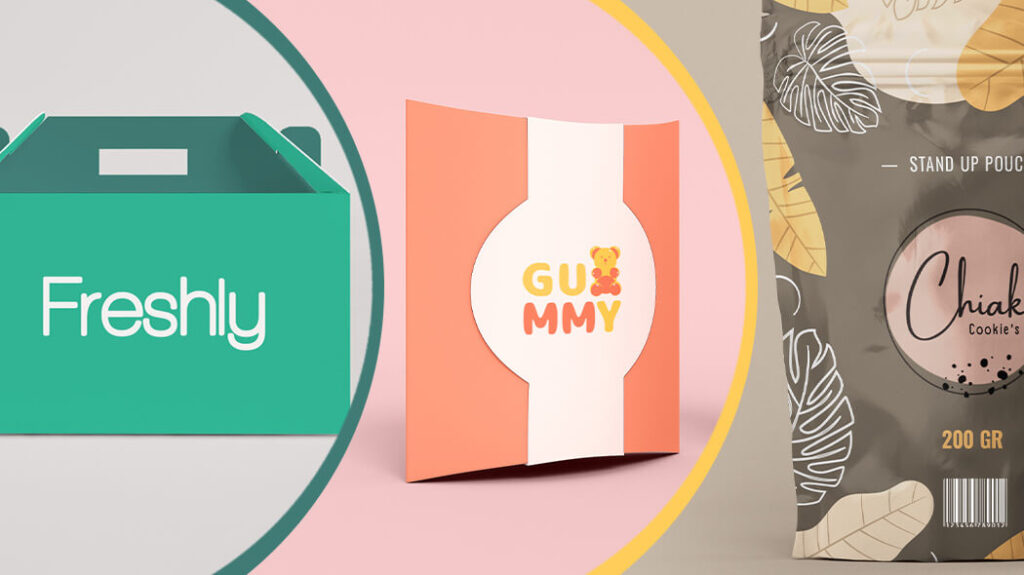
Style your Product to Make it Seem Alive & Kicking!
Have you ever seen a ramp walk at a fashion event? There is always one designer who steals the show. The miss universe contest? There is only one lady to win the title. Lots of superhero characters in Marvel? But only whoever you love will get your attention. (I love Superman by the way, who’s your favorite?) Ok! Back to styling your product packaging.
So, same goes for product packaging design! There are hundreds of thousands of similar products out there, but the one which catches the eye gets to be sold faster!
As it is right said,
“What looks good, sells good.”
Imagine your product placed on the shelves of a store, how will you make it stand out from others on the shelf? Style is your super power here! Brands have played very well with style in order to grab the attention of their customers.
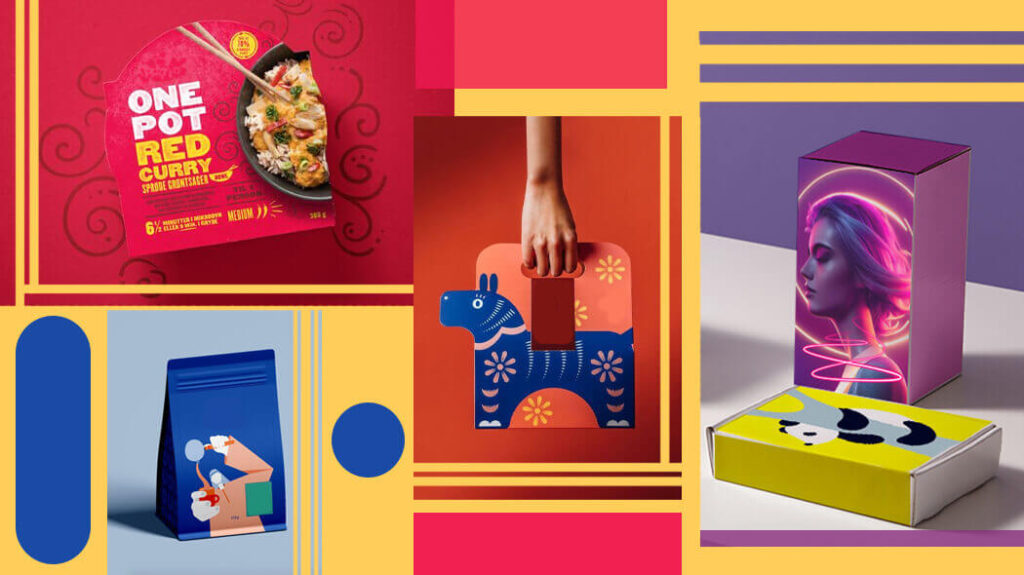
Time to Look at your Wallet: Budget Estimations
The most important thing to look at before making any buying decision is your budget. Even if you plan to throw a dinner party at some restaurant, you look for multiple options and select the ones which fits in your budget.
Same goes for the packaging design, you have to look for the cost that might incur and then plan what to buy. Remember, choose quality and affordability. (Just saving your time, Elixir Packaging is your right spot for exceptional quality at amazing rates)
Packaging Design Process: Steps to Know!
Have you ever cooked? Or maybe you have seen somebody cooking? What do they do? They follow steps to cook things right. I mean, you can’t throw a meatball on a stove, you need a pan for that.
You can’t pour water in hot oil. (That’s a blunder, trust me, it bursts out badly.) You can’t put vegetables in an empty pan, they’ll stick like chewing gum. (Obviously you need to pour some cooking oil before you cook vegetables)
Same goes for packaging design, there are steps to follow.
Step:1 Layers are Important
Layering is very much important when it comes to packaging. Layers are divided into three categories:
Outer Layer: This is the first thing a customer sees. It protects the product from external factors. It communicates your brand’s message.
Inner Layer: You know, inner packaging is like the secret bodyguard of your product. It’s that layer tucked inside the outer packaging, keeping the product safe and sound. Imagine it filled with packing comforters or wrapped in tissue paper, kind of like a protective bubble, so there’s no jostling or scuffing.
Or sometimes, it’s a sealed bag, acting like an invisible shield to keep everything inside as fresh as the day it was packed. Pretty cool, right?
Product packaging: It is everything a customer imagines or sees! A bottle with a label, a jacket with a tag, a candy wrapped in colorful wrapper, and more.
Step:2 Choose the Type
The current era has a strong emphasis on the “Vibe”. (You know when you like something, when you choose to stay, when you feel like smiling, when you feel calm, when you feel beautiful, when something makes you comfortable, this is the vibe.)
Choose the type of packaging which gives your customers a real vibe! It must match their preferences. It must trigger their emotions. It must connect with them. It must make them feel special. It must make them differentiate your product from others.
There are different shapes and sizes of packaging boxes. Choose which fits your product right! If you are creative enough, there are endless possibilities to play with the type.
It is right if we say,
“Play with the type if you want to create a vibe.”
Few popular types are as follows:
- Bag shaped
- Bottles
- Tube shaped
- Label styled
- Square/Non-square
- Packets of happiness
- Cup shaped
- Cone shaped
- Pillow shaped
- Product attribute complimented shape
These are just a few, custom packaging options are endless. As endless as your ideas!
Step:3 Printing Choices and Essentials
You know what? You might think printing is the final step after your design is all set and done. But, let me tell you – it’s super important to consider it before you reach that stage! Why, you ask? Well, getting in touch with a printer early on not only gives you a clear idea about the printing costs but also provides specific details that your designer can use to prep the files. Trust me, it’s a win-win!
Die-lines: Think of it this way – if you’re choosing a regular-sized box or label, your printer can likely give you a dieline template. It’s like a blueprint for your packaging design. You can then share this template with your designer.
For instance, imagine you’re creating a new cereal box. Your printer would provide the exact layout of the box flat out – where the front, back and sides are, where it folds, etc. Your designer could then use this as a guide to create an awesome design that fits perfectly on your box. Cool, right?
File Format Essentials: Let’s say you’re getting a design printed. Your printer will need what’s called a vector file, which could be an Adobe Illustrator (.ai), Photoshop (.psd), PDF, or EPS file. These files might not open on your computer if you don’t have the right software, but don’t worry, your printer will handle it.
Think of it like this: you’re ordering a fancy cake. You can’t bake it at home because you don’t have a professional oven, but the bakery does.
Your designer should also give you a ‘sneak peek’ of the design – usually a PNG or JPG. It’s like a picture of the cake before it’s baked. This one, everyone can open.
And about cut lines? You’ll need to ask your printer. It’s like asking the bakery if they need guidelines for icing.
Remember, it’s all about giving the right ingredients to the right people!
Color pallets: You know how some top-tier printers can match any Pantone color you throw at them? It’s like having an artist with a limitless palette, who can replicate any shade you want. But then, there are other printers, typically the more budget-friendly ones, that have a more limited color selection.
Think of it like a basic paint set – you’ve got your primary colors and maybe a few extras, but you’re not going to be mixing up a custom mauve or teal anytime soon.
Debate of Digital & Off-Set Printing
You know, there’s a bit of a debate in the printing world between digital and offset printing. Think of it like this: digital printing is like your home printer but on steroids. It doesn’t use plates like traditional offset printing. Instead, it uses toner or liquid ink. It’s great for smaller sheet sizes, up to 29” according to a source from Printivity.
On the other hand, offset printing is like the grand master of the printing world. Using actual Pantone ink, it can give you a perfect color match. Plus, it’s known for producing high-quality prints, especially for larger sizes and high quantities. The big bonus? It usually costs less per page for these bulk orders, says FSSI.
But here’s where things get interesting. With digital printing, each piece is printed individually. So, if you’ve got a small batch, this might be your obvious option. But if you’re planning a big order, offset printing, with its plates and all, might be more cost-effective.
When choosing between digital and offset, you might want to ask your printer which type they use. If they do offset, what’s the minimum order number? How do the costs scale with quantity? It’s all about finding the right tool for the job!
Crux of the Whole Journey: Creativity is the key to Endless Packaging Designs
Ok the cushion you grabbed in the beginning is now asking for freedom! The journey of the time machine ends here. You are back! What have you learnt?
“History gave us incredible inventions that led to the packaging ideas today.”
“Transformation of packaging designs depends on the nature of the product.”
“Target audience plays a vital role in the whole marketing and packaging.”
“Sell what people want to see and what they want to grab.”
“Aesthetics matter.”
“Innovate something new to stand out from the competition.”
“Budget is an important factor to consider”
“Packaging design must be followed step-wise to meet perfection.”
“CREATIVITY offers endless opportunities to create something out of the box.”
Yayy! You gave the right answers. You are now all set to steal the show!
Future Glimpses: Packaging Design in the Years to Come!
The current era is about trends and these trends are shaping the future goals! You see, technology will strengthen the image of packaging design in more incredible ways. AI revolutions and eco-friendly choices are some never-ending debates in the future of this industry. The focus will shift on more customer-oriented approaches.
The goal is sales always, and this goal will be met by creative innovations backed up by technology in future. Customers are well aware and it will require more authentic approaches in order to grab their attention.
Remember, needs might change, taste may vary, demands can fluctuate, but emotions remain intact. Why? Because they are in you, as long as you are feeling, you are capable of getting triggered by good or bad things around. Packaging industry experts say, “We stir the emotions of customers in order to bring out the best design.”



